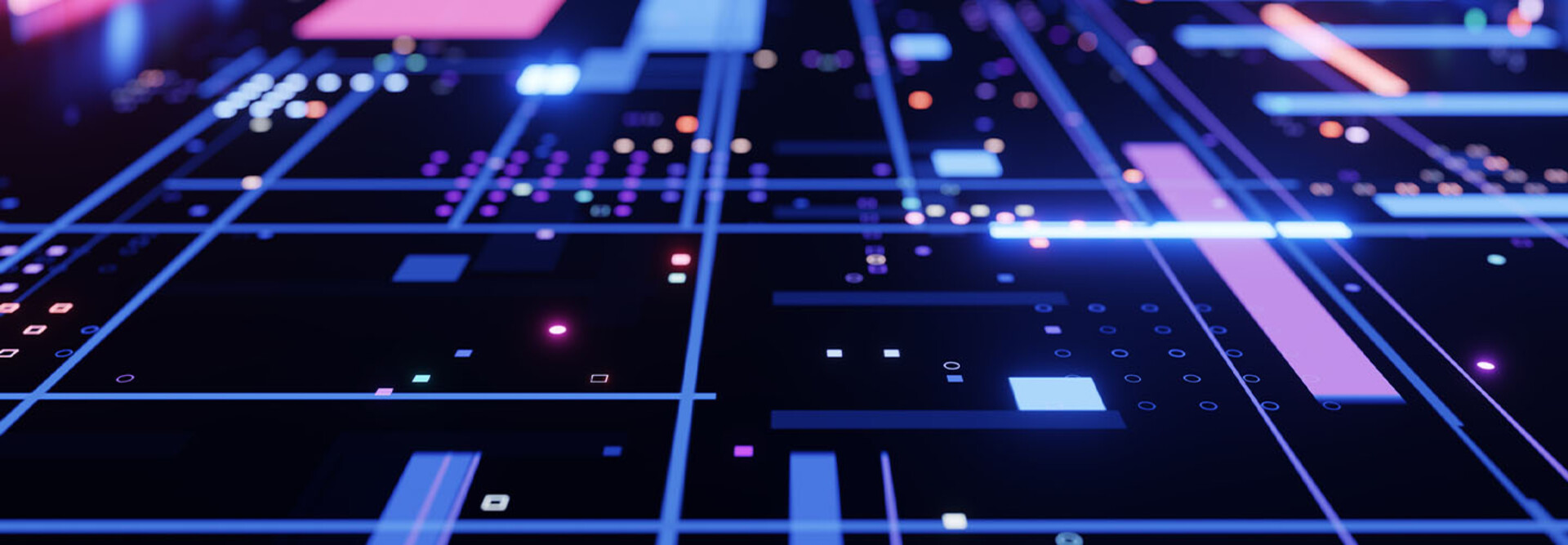Scope of Connectivity vs. Intelligence
IoE focuses on enabling communication and data sharing between all connected things. It’s about the infrastructure that links devices, people and systems, making the world more interconnected.
AIoE takes IoE a step further by introducing autonomous intelligence to these connected systems. AIoE involves innovative, self-learning systems that share data, analyze it and act on it. The intelligence enhances decision-making, pattern recognition and process automation.
LEARN MORE: IoT is transforming emergency services.
Key Technologies Help AIoE to Learn and Adapt
IoE primarily relies on sensors, connectivity (for example, IoT networks), cloud computing, Big Data and machine-to-machine communication to enable devices to share data.
AIoE builds on these by incorporating AI-driven technologies, such as machine learning, deep learning, natural language processing, neural networks and computer vision. The AI component enables systems to learn, adapt and make complex decisions in real time.
Use Cases Produce Connected and Intelligent Systems
IoE enhances connected systems for smart cities, industrial IoT, connected healthcare and more. For example, IoE in a smart city connects traffic systems, lighting, public transportation and citizens to optimize resource use.
AIoE again takes this further by making smart cities not only connected but also intelligent. For example, AI-powered traffic systems predict congestion and autonomously redirect traffic, while healthcare systems proactively detect anomalies and predict patient outcomes based on historical data.
DIVE DEEPER: Understand edge computing’s role in smart cities.
How People and Processes Play into Autonomy
IoE focuses on improving collaboration and communication between people and processes, relying heavily on user input or predefined rules.
AIoE introduces AI-driven automation, in which people may be part of the loop but AI systems make decisions independently or assist people with actionable insights. Processes become more autonomous and proactive, driven by AI analysis rather than predefined rules.
AIoE Does More with Data
IoE primarily focuses on data collection and sharing to enable insights, decision-making and automation.
AIoE emphasizes data analysis and real-time decision-making through AI. It doesn’t just transmit data; it continuously learns from it to improve operations, provide predictive analytics and automate responses without human intervention.
IoE and AIoE Improve Society and Business
IoE brings greater interconnectivity to businesses and society, allowing more efficient, responsive systems in which processes are streamlined and automated to some extent.
AIoE could revolutionize industries with intelligent systems that anticipate needs, autonomously manage complex operations and innovate solutions. AIoE transforms IoE into a self-learning and self-optimizing network of systems with minimal human intervention.
RELATED: Five ways internet of things devices can benefit public safety.
Examples of IoE and AIoE in Action
IoE applications include smart thermostats, wearable devices that track health data, and connected vehicles exchanging information with traffic systems.
AIoE enables, among other things, self-learning smart homes that adapt to a resident’s behaviors, AI-powered healthcare systems that autonomously diagnose diseases based on data from connected devices, and autonomous supply chains for which AI predicts and manages disruptions.
The Goal Is Data-Driven Decision-Making
The transition from IoE to AIoE represents a significant paradigm shift in how government operations can be optimized, transformed and more effectively managed.
For example, while IoE aims to provide governments with a wealth of data, interpreting this data for policy development often requires manual analysis. Further, as IoE connects more devices and systems, data volumes explode, requiring significant infrastructure and manual effort to manage. This may create bottlenecks, particularly in large-scale government operations. AIoE has the potential to dramatically reduce operational costs by automating repetitive, time-consuming tasks, such as data processing and paperwork.
DISCOVER: Intelligent document processing is AI’s most palatable use case.
Governments can allocate resources more effectively by minimizing human involvement for these tasks, particularly in high-priority areas such as healthcare, education or infrastructure.
The overall significance of AIoE over IoE in government operations is primarily in its ability to automate, predict and optimize processes with minimal human intervention. AIoE is designed to provide innovative, faster and more cost-effective solutions, allowing governments to meet the demands of modern society better, enhance security, improve public service delivery and make more informed policy decisions. The transition from IoE to AIoE represents a move from data gathering to data-driven action and continuous improvement across all levels of government operations.











